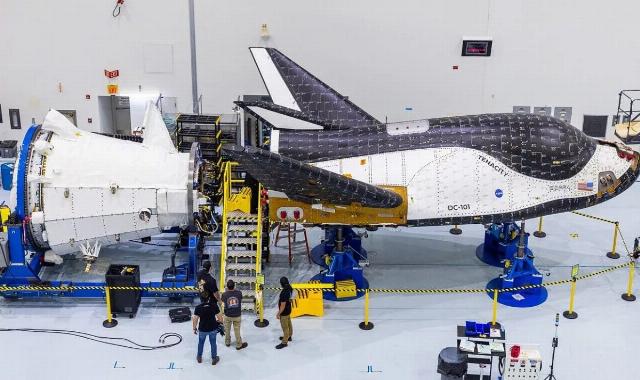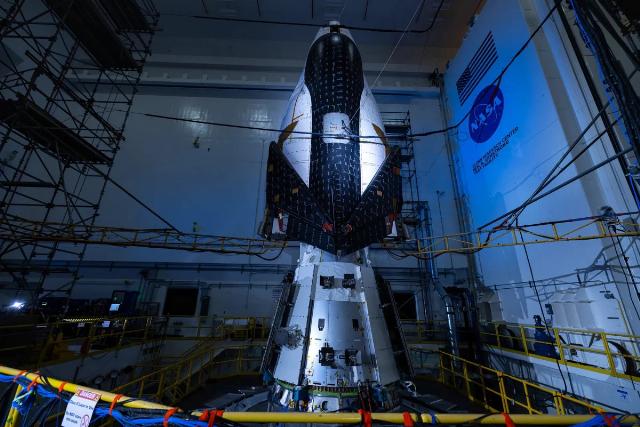
Dream Chaser
Sierra Space, together with NASA, has reached an agreement to adjust the contract defining the future of the promising Dream Chaser space aircraft. As a result of these changes, the first orbital flight of the spacecraft, scheduled for 2026, will be conducted offline without docking with the ISS. Initially, the Dream Chaser was developed as part of the CRS-2 commercial cargo transportation program, according to which NASA had to order at least seven ISS supply missions. However, the project was repeatedly postponed due to technical difficulties, in particular, due to the three-mode propulsion system capable of running on hydrogen peroxide and RP—1 fuel mixture.
These delays affected the ship's certification process for flights to the space station. An important factor in the contract review was NASA's decision to complete the ISS life cycle by 2030. In this scenario, the fulfillment of all planned cargo missions became unlikely. At the same time, Sierra Space is striving to position its space aircraft as a multifunctional platform capable of solving tasks in the field of national security and defense, which requires greater operational independence. According to the new agreements, NASA retains the ability to order cargo missions, but is not bound by a mandatory minimum. This allows Sierra Space to focus on preparing for the era of private space stations after the completion of the ISS program. The key advantages of the Dream Chaser — vertical launch on a launch vehicle and landing on a conventional runway - make it a promising solution for rapid deployment and various missions in low—Earth orbit.

Dream Chaser
Alexander Kozyrev
